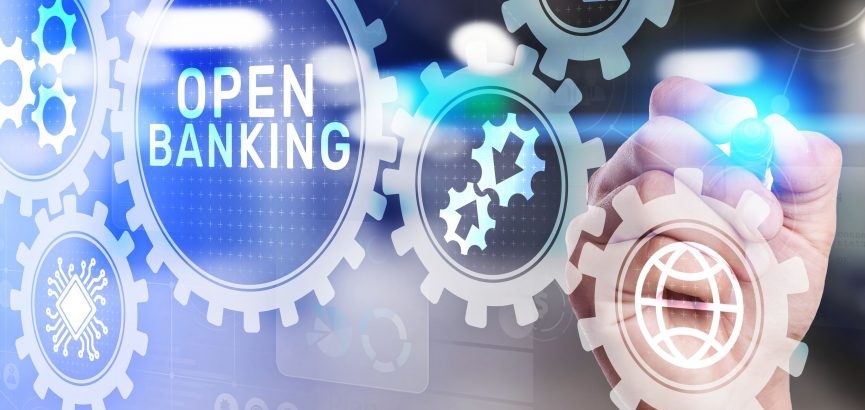
„The main problems are the overly general regulations regarding data provided by banks and the still relatively large problems with the continuity of access to APIs – because there are still interruptions in their operation.” – according to a Kontomatik report made on the occasion of the three-year anniversary of the full implementation of PSD2 provisions.
Michał Łukasik, president of the company, explains: „The European Banking Authority (EBA) is currently reviewing the functioning of PSD2. Consultations are underway to revise the current shape of the directive, and to lay the foundations for PSD3 and Open Finance. We have the opportunity to participate directly in this process, which is why we decided to combine knowledge from the Polish and European markets in one report.„
The report includes, among other things, an analysis of the degree of fulfillment of the expectations that the EU institutions and the market placed on PSD2. Recently, such a summary, together with recommendations for further work, have been undertaken by the European Banking Authority and an independent industry organization, the European Digital Finance Association (EDFA). In his material, Kontomatik has prepared a synthesis of these studies. Representatives of Polish business – as well as the market regulator, the Polish Financial Supervision Authority – supplement this picture with threads closely related to the Polish fintech market.
So what does the market look like after 3 years of formally operating Open Banking? There is undoubtedly considerable progress in terms of stimulating innovation, but experts point to many areas for improvement. EDFA even states that „the expectations for a seamless Open Banking in the pan-European area have only been met halfway.”
Too vague requirements regarding the API functioning method specified at the directive level mean that their implementations into local legislation differ in individual countries. Not only that – even within one market, individual banks are able to interpret differently and, consequently, incorporate the same standards in their APIs. This causes a number of operational problems for entities with TPP rights.
PSD2 promises not fully fulfilled, perhaps PSD3 will be fulfilled – i.e. the expected successor of the current directive. The hopes that the market associates with PSD3 are formulated both at the level of specific, operational solutions and in the general, strategic dimension:
„The greatest expectations in relation to PSD3 concern the improvement of the rules for the provision of Open Banking services. It concerns both technical requirements (such as the obligatory provision of the customer’s name and surname by banks), as well as further changes. Among them, the EBA’s proposal to transform Open Banking into open finance by extending the regulation to financial products other than payment accounts – in particular insurance, investments or retirement products.” – sums up Michał Mostowik, Counsel from DLK Legal, one of the experts whose the assessments and analyzes are included in the report.
You can download the full text of the report here: Open Banking in Poland. Report 2022.
Banking 4.0 – „how was the experience for you”
„So many people are coming here to Bucharest, people that I see and interact on linkedin and now I get the change to meet them in person. It was like being to the Football World Cup but this was the World Cup on linkedin in payments and open banking.”
Many more interesting quotes in the video below: